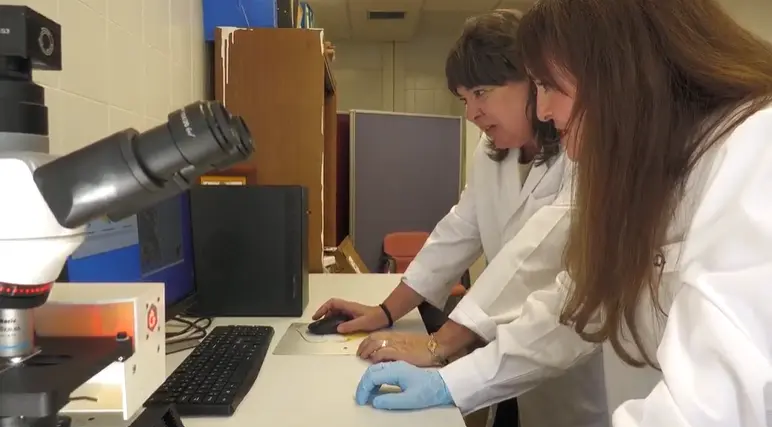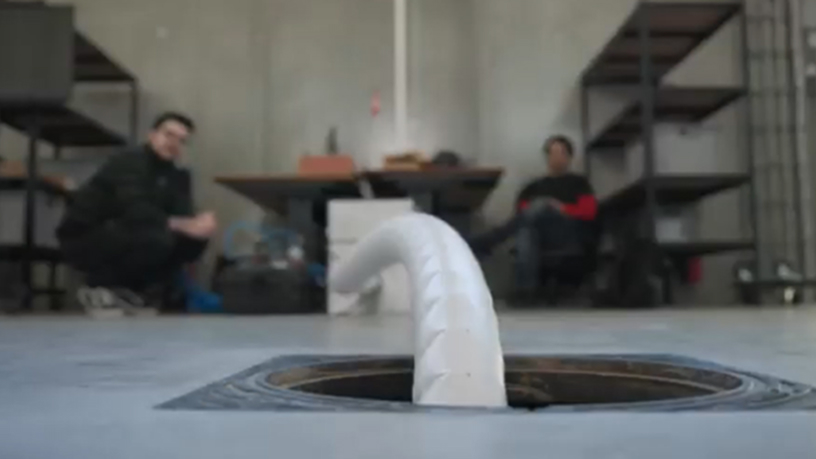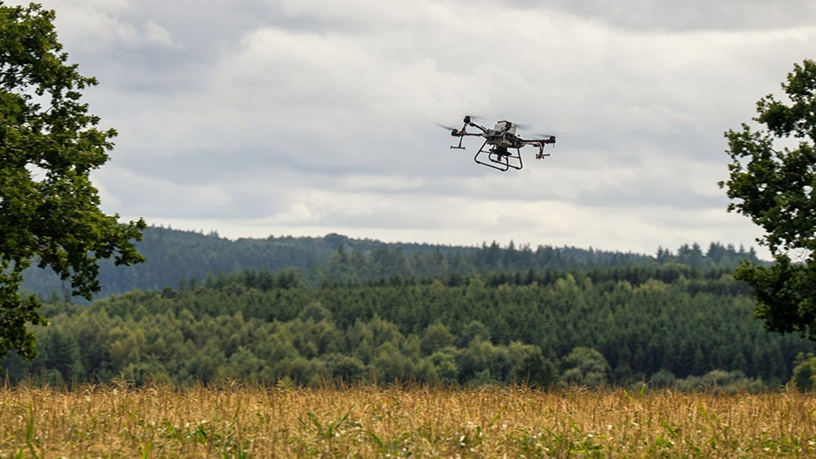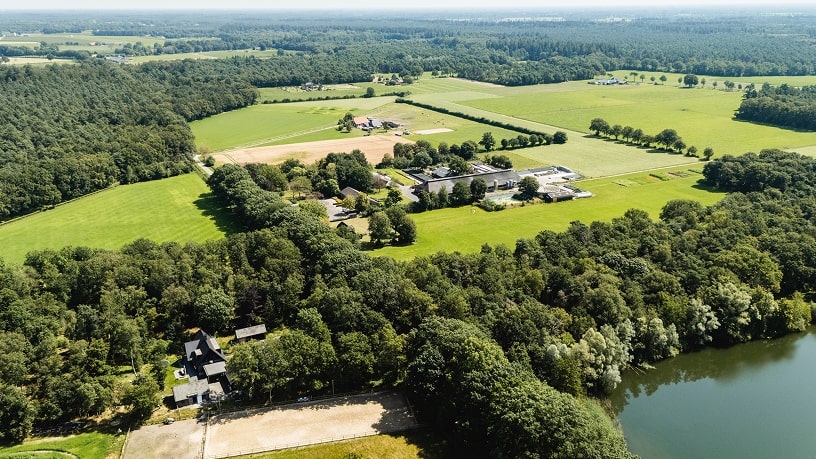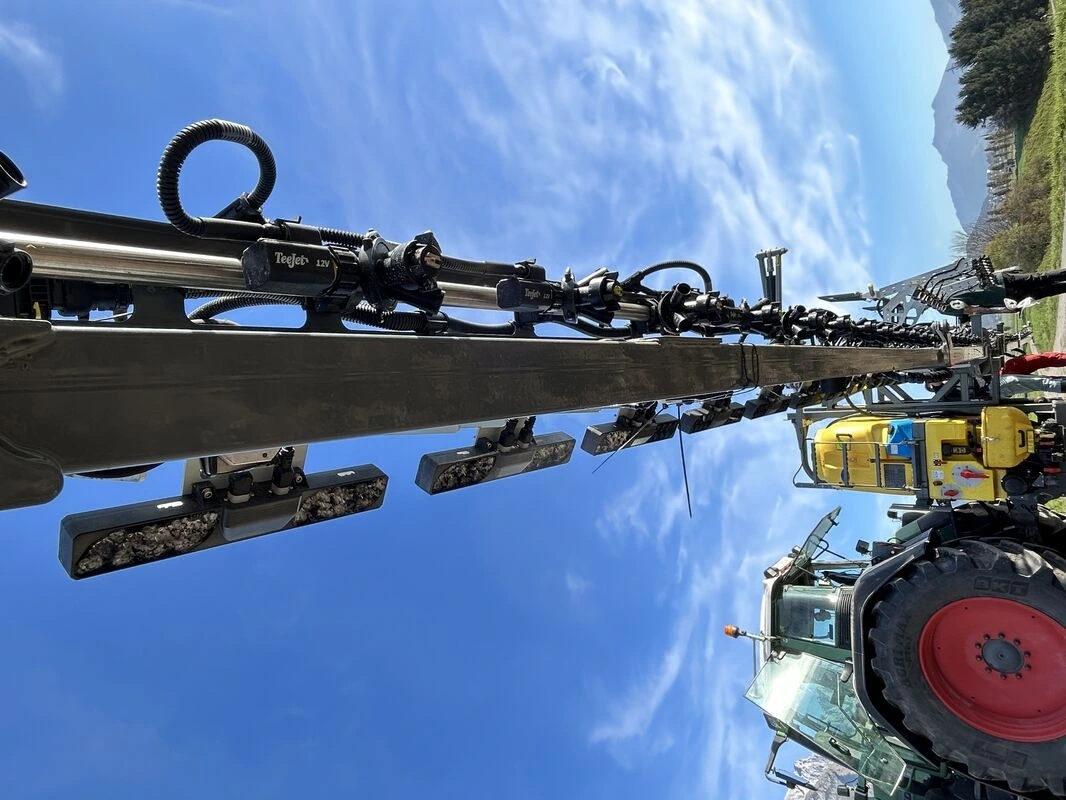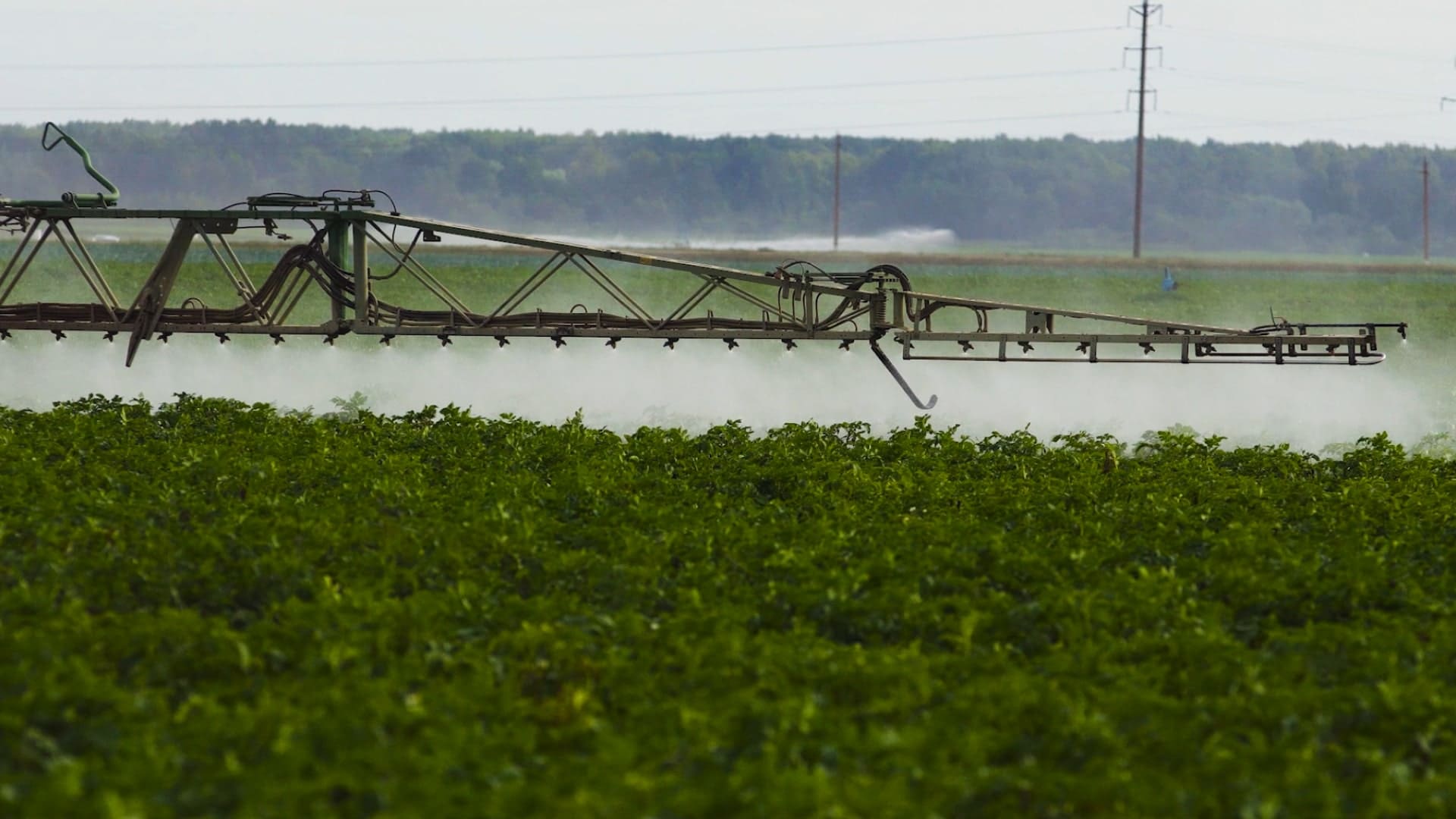Overview
This service helps you understand where your AI-powered product, system, or software stands in terms of technological maturity. We conduct a basic, yet structured evaluation of your solution—including physical testing of selected components and general system behaviour—to identify its current development stage and key areas that need improvement. We also assess the quality of documentation, system architecture, and software implementation. For example, when evaluating an apple-picking robot, we assess the readiness and integration of its core subsystems: the gripper mechanism, robotic arm kinematics and control, and the vision system responsible for detecting ripe fruit. We analyse areas where current solutions can be improved or require some redesign and whether the robot as a whole can effectively perform “scene ”cleaning”—removing ripe apples while preserving unripe ones and the plant structure. Based on our findings, we prepare a clear roadmap and a development plan with recommendations for the next steps, which may include further testing or refinement through other agrifoodTEF services. As part of the process, we also confirm the current Technology Readiness Level (TRL) of each major component. The outcome helps you focus your R&D work and understand what is still required to move your solution closer to full deployment and commercial readiness.

